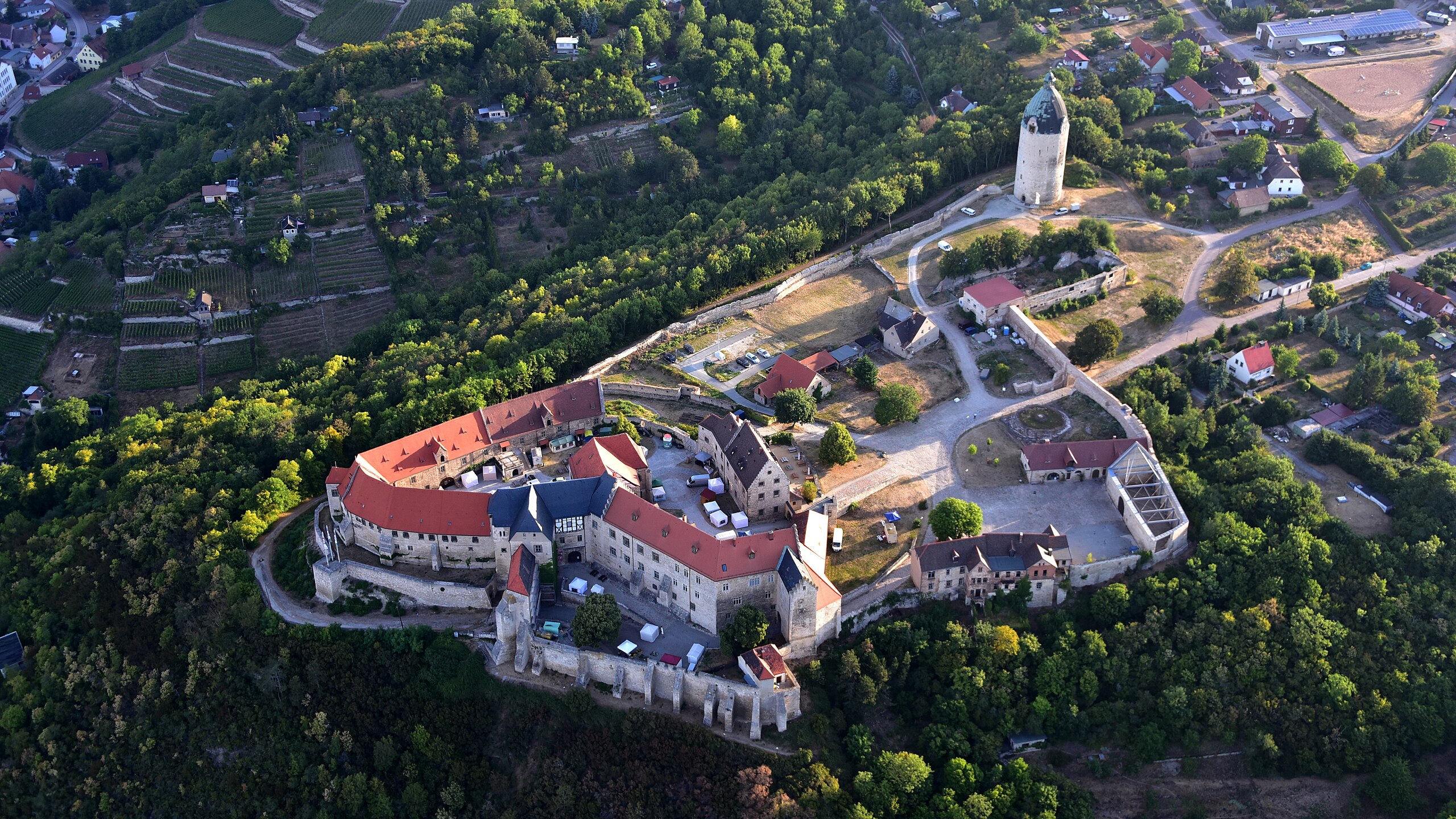
"Neuenburg Castle was founded around 1090 by Louis the Springer, a Thuringian noble also responsible for building the Wartburg. Perched above the Unstrut River, the "new castle" ( novum castrum) was strategically positioned to secure power in the region. Its earliest construction phase included imposing fortifications, among them a round tower and two unusual octagonal towers-possibly inspired by Byzantine architecture."
"Later additions transformed Neuenburg into a princely residence. Around 1180, builders added a palas (residential hall) and the famous Romanesque double chapel, whose finely carved decoration places the site on Germany's celebrated "Romanesque Road" of medieval monuments. Over the centuries, successive rulers expanded and modified the castle, including Landgrave Louis IV and his wife, Saint Elisabeth of Thuringia, in the early 13th century."
"The current investigations, led by the State Office for Heritage Management and Archaeology of Saxony-Anhalt in cooperation with the Kulturstiftung Sachsen-Anhalt (the castle's owner), form part of a government-funded programme to preserve and develop major cultural monuments. Work is taking place in the castle's outer bailey, directly beneath the towering Dicker Wilhelm. Excavations have revealed layers of medieval construction buried beneath later agricultural buildings."
Neuenburg Castle was founded around 1090 by Louis the Springer to control the Unstrut River valley. Early construction included a round tower and two unusual octagonal towers possibly inspired by Byzantine designs. Around 1180 a palas and a finely carved Romanesque double chapel were added, later receiving expansions by Landgrave Louis IV and Saint Elisabeth of Thuringia. Current government-funded excavations in the outer bailey beneath the Dicker Wilhelm have uncovered layers of medieval construction under later agricultural buildings. Archaeologists found a vaulted residential building with a tiled stove and evidence of sophisticated hot-air heating similar to systems used in the palas.
Read at Medievalists.net
Unable to calculate read time
Collection
[
|
...
]